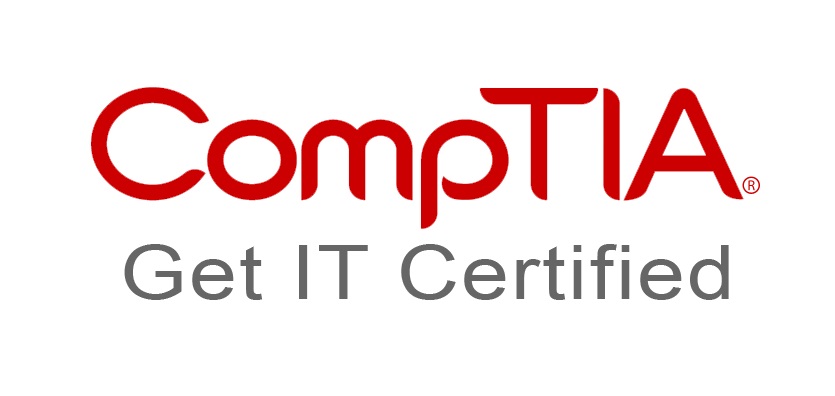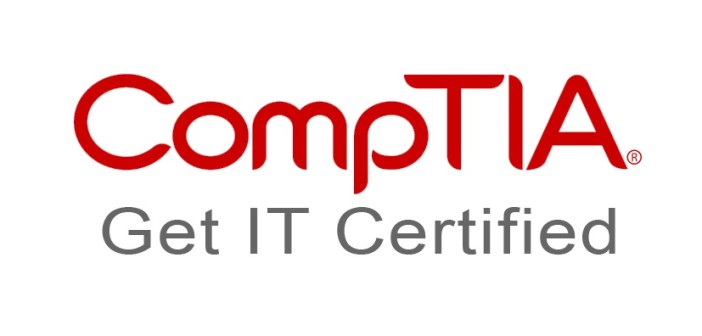
Rapid change is happening across the IT channel today, however, this can provide opportunities for firms that can leverage this strategically, according to CompTIA.
Moheb Moses, director, Channel Dynamics, and ANZ community director, CompTIA, said, “The change is affecting business models, the competitive landscape, customer types, buying patterns, M&A activity and more. These changes are also impacting how we define the indirect channel, and even what we call it.”
Carolyn April, senior director for industry analysis at CompTIA, said, “At CompTIA, we refer to something called the ‘business of technology’, a concept that applies to any entity involved in selling, influencing and/or creating IT solutions for their customers. The players in this tech ecosystem run the gamut from traditional resellers to newer Software-as-a-Service (SaaS) players, to even certain types of professional services firms. In total, they comprise today’s more diverse channel, whether they use that moniker or not.”
CompTIA’s 7th State of the Channel Research highlighted three key trends occurring in the channel:
- Emerging technologies will be a force. While still nascent for many channel firms, emerging technologies are nonetheless becoming a growing part of portfolios. The ability to build a business around artificial intelligence, virtual reality, blockchain, drones, IoT, etc., will take companies on a future growth path. However, getting there will test firms on several fronts; most importantly, in skills and training, and cost of entry.
- Specialisation is getting more real. Customer demand for a technology provider with vertical industry skills and applications knowledge is on the rise. Embracing a niche specialty in retail, healthcare, or other sector will deliver a proven competitive advantage. However, it’s important to distinguish real vertical applications specialisation from the more horizontal type of infrastructure sales to customers that just happen to be in the same industry.
- New types of competitors, partners. The channel ecosystem is expanding, which is either good news or bad news for traditional partners. Mostly it depends on perspective. There are new competitors to face, but also the potential for new partners. The most prevalent new face in the ecosystem belongs to cloud-based independent software vendors (ISVs) and their SaaS-focused reseller/referral partners. Channel firms are now also competing with non-technology companies altogether, specifically accounting and law firms that influence or resell software pertaining to their respective professions.
Moheb Moses said, “Channel businesses need to be aware of how the channel is evolving. Staying on top of trends will help businesses understand how to position themselves and compete more effectively even in a rapidly-changing marketplace.”





